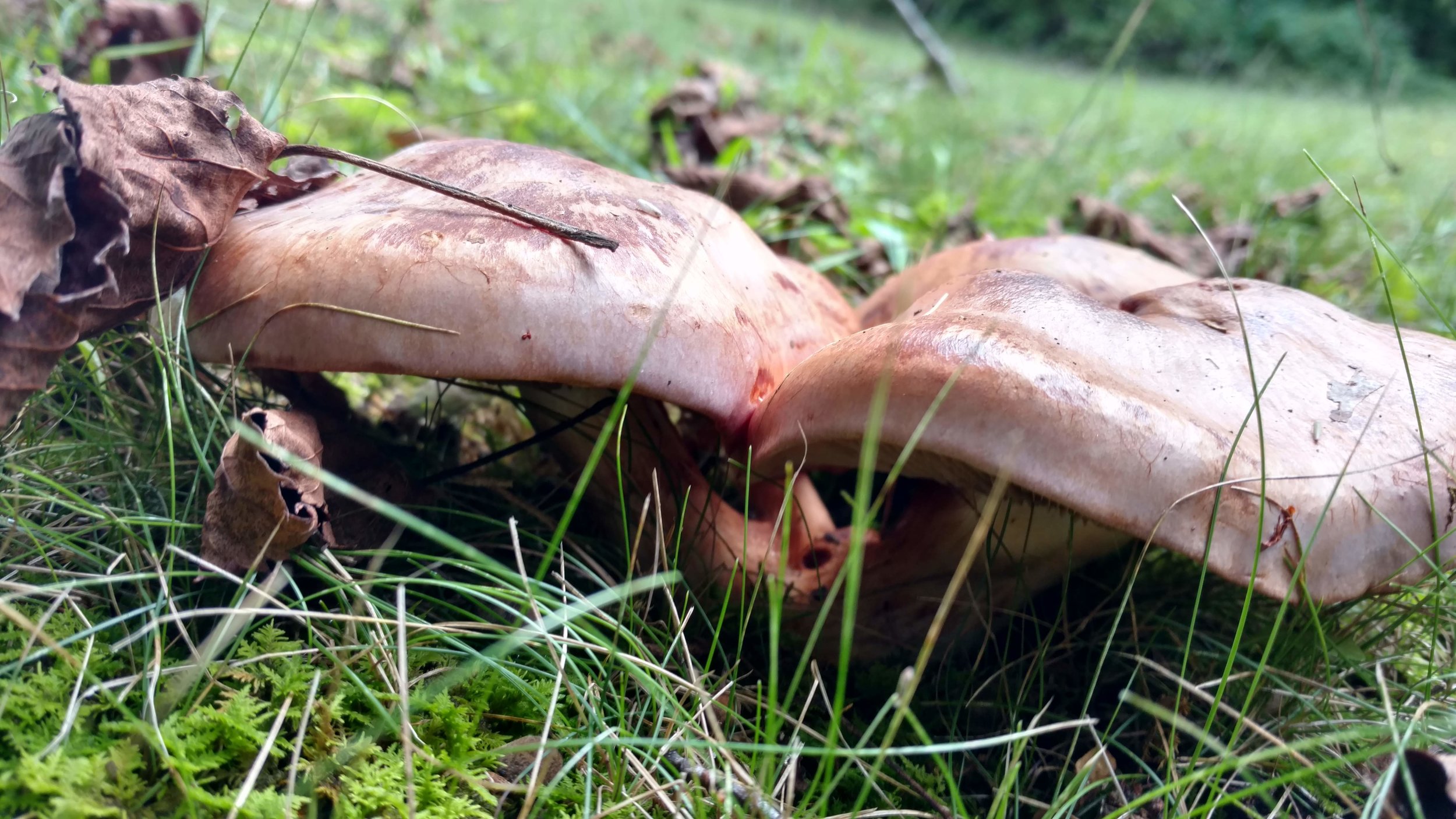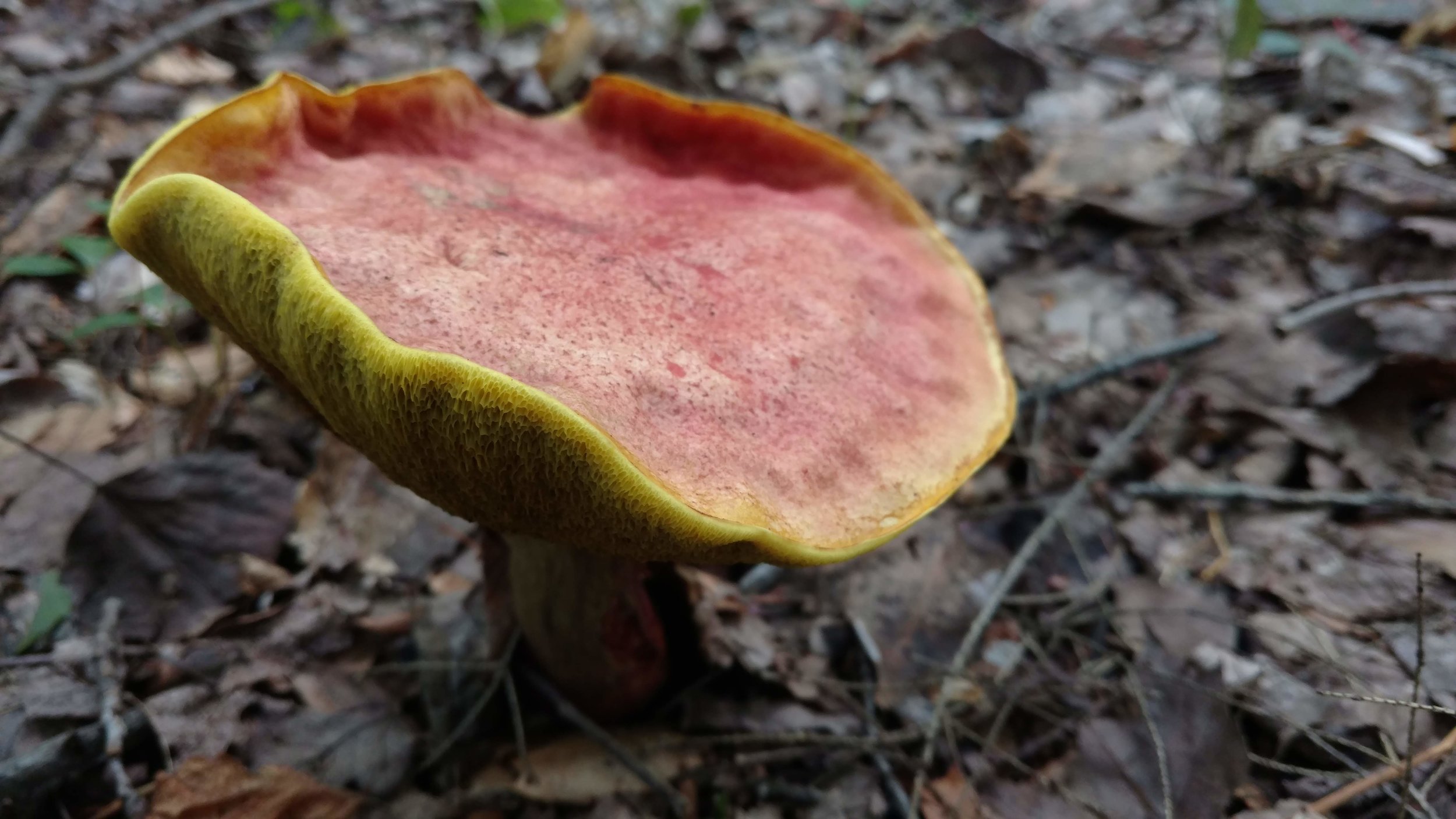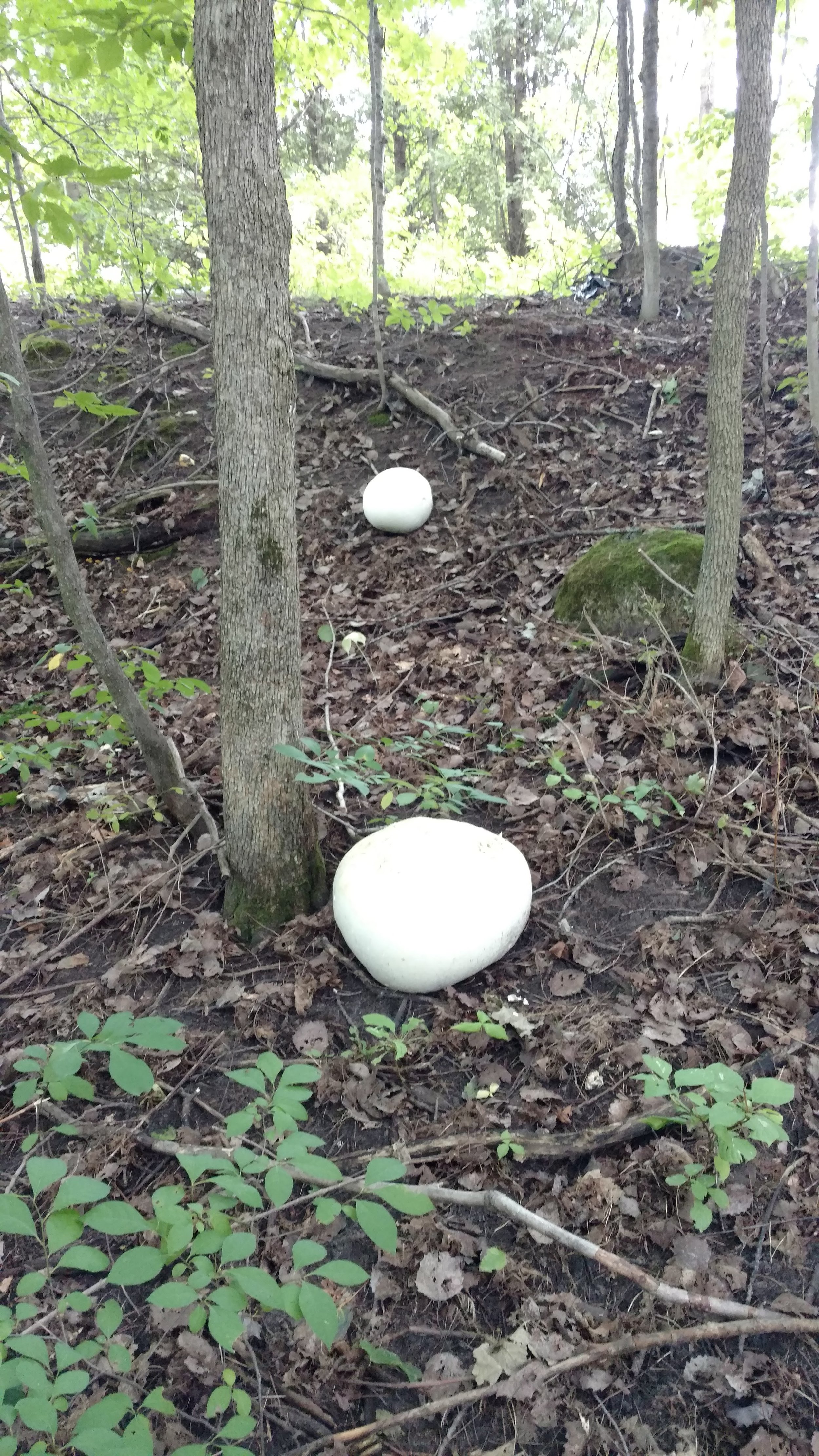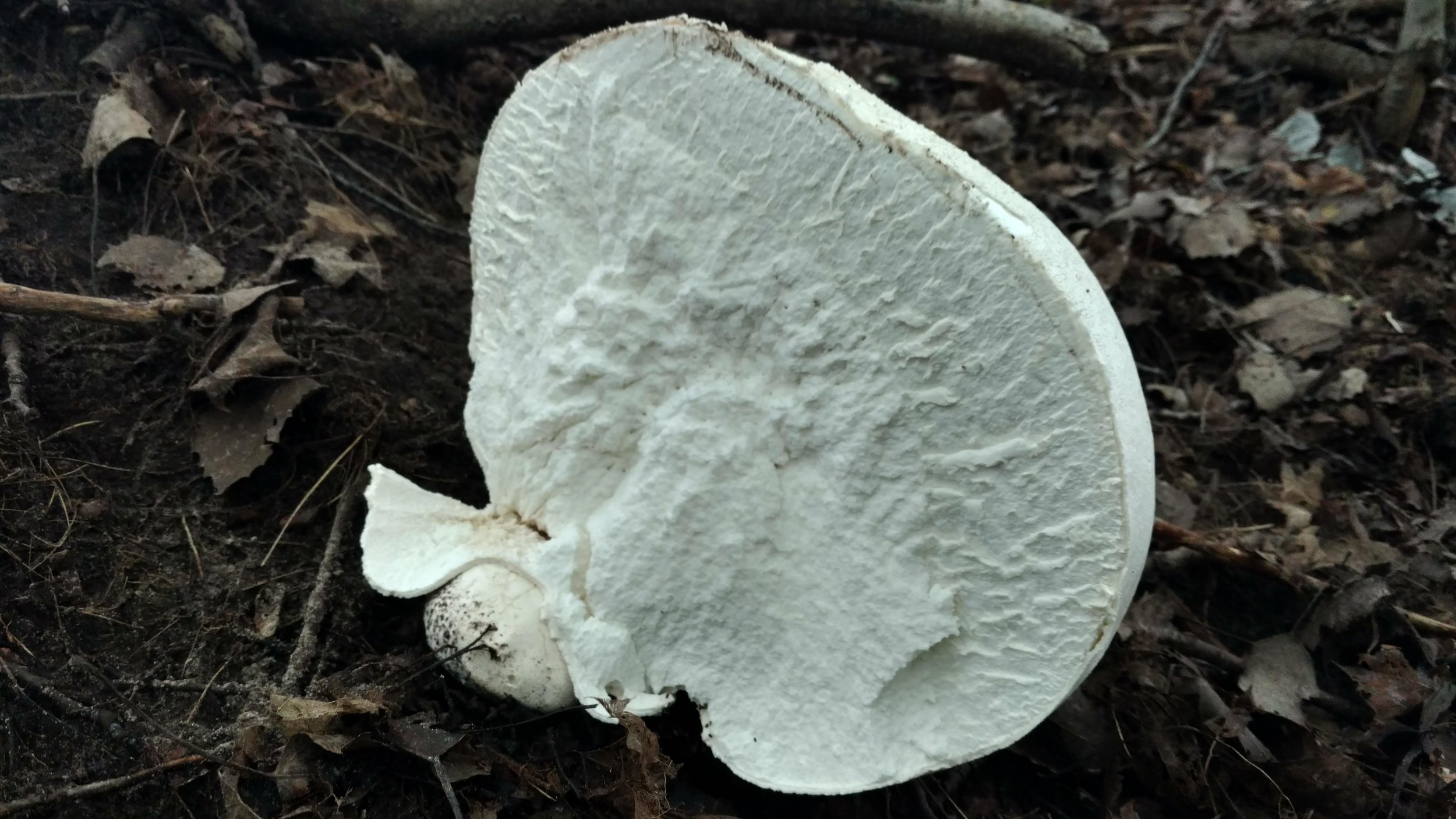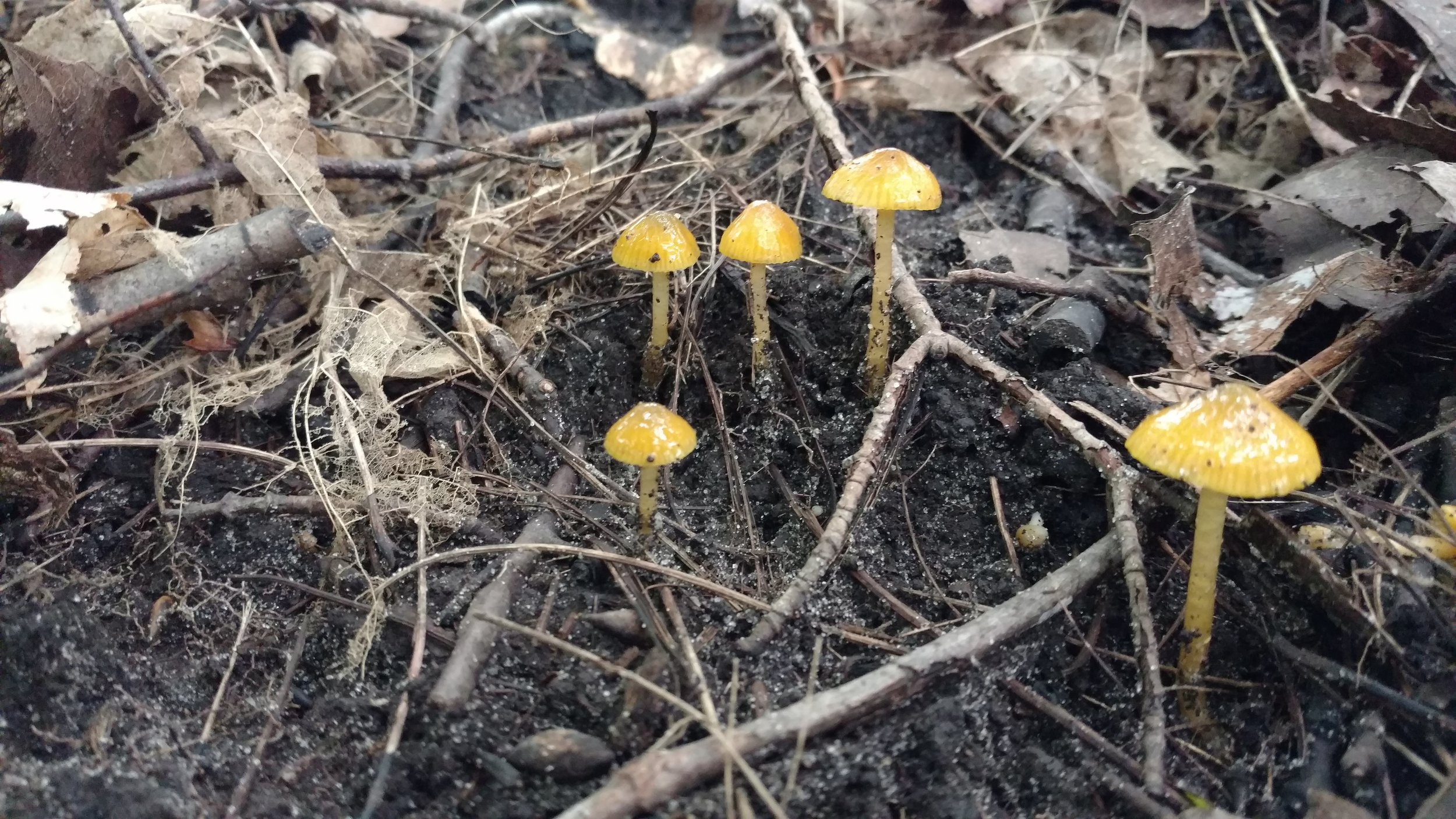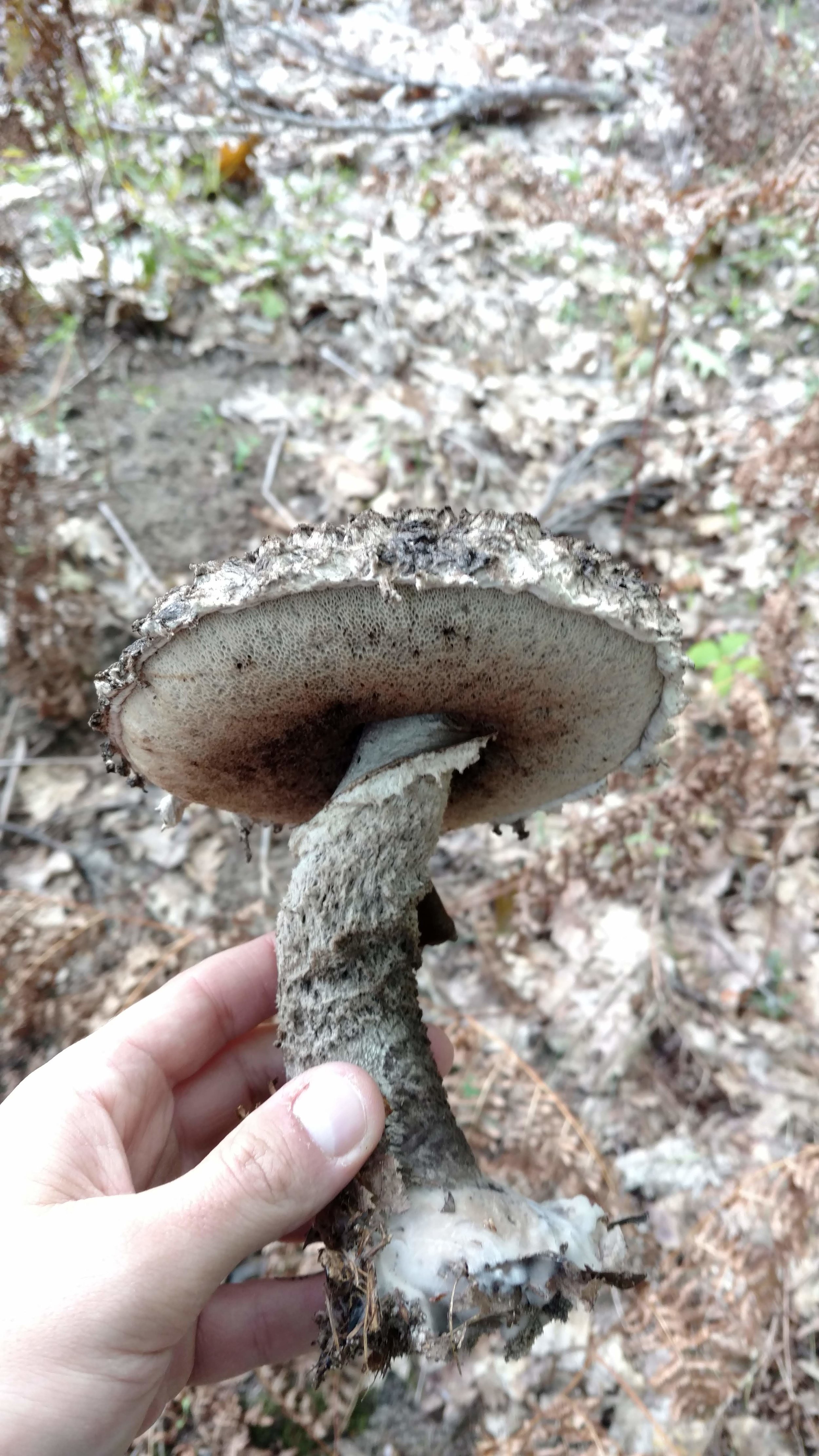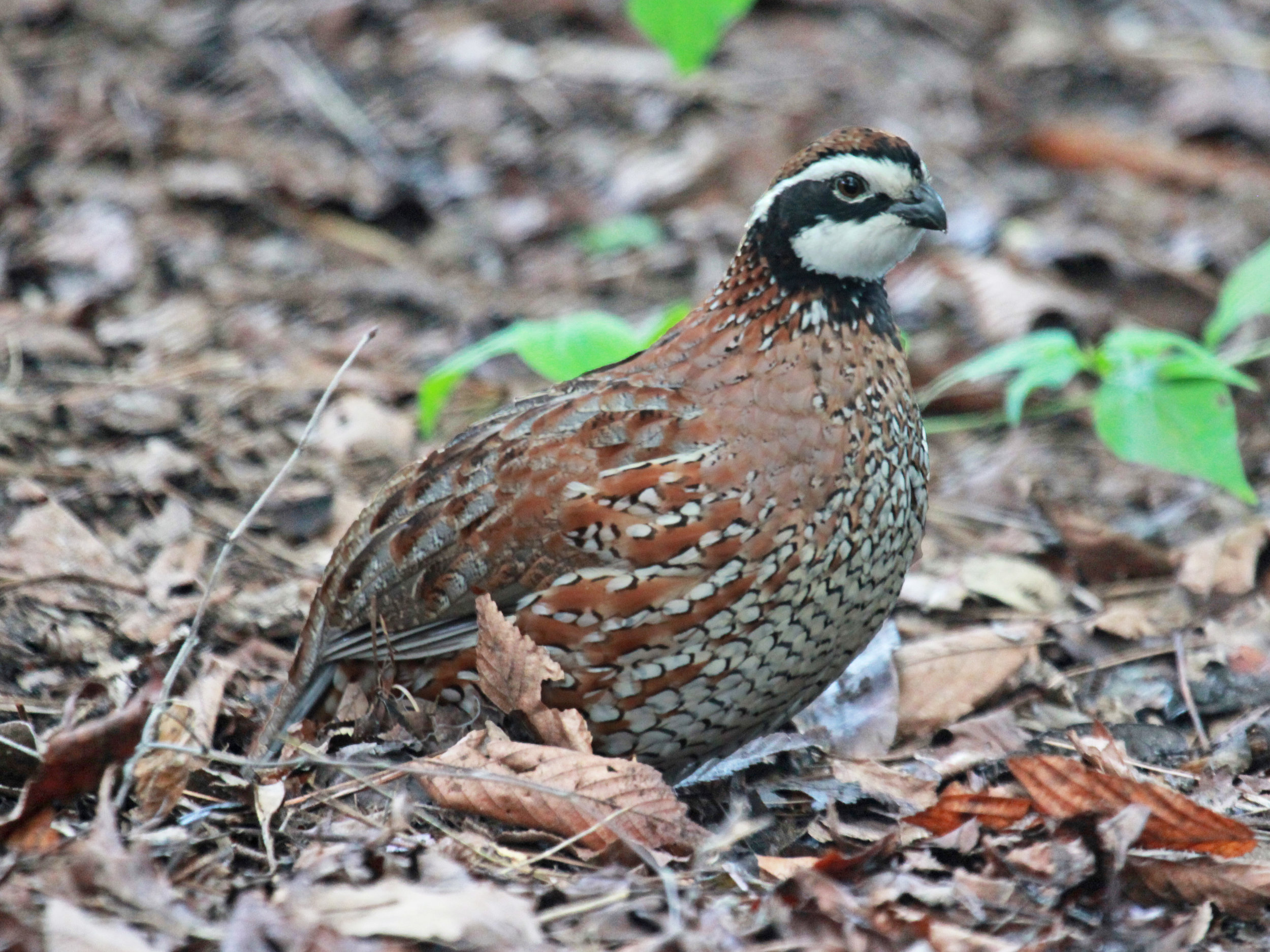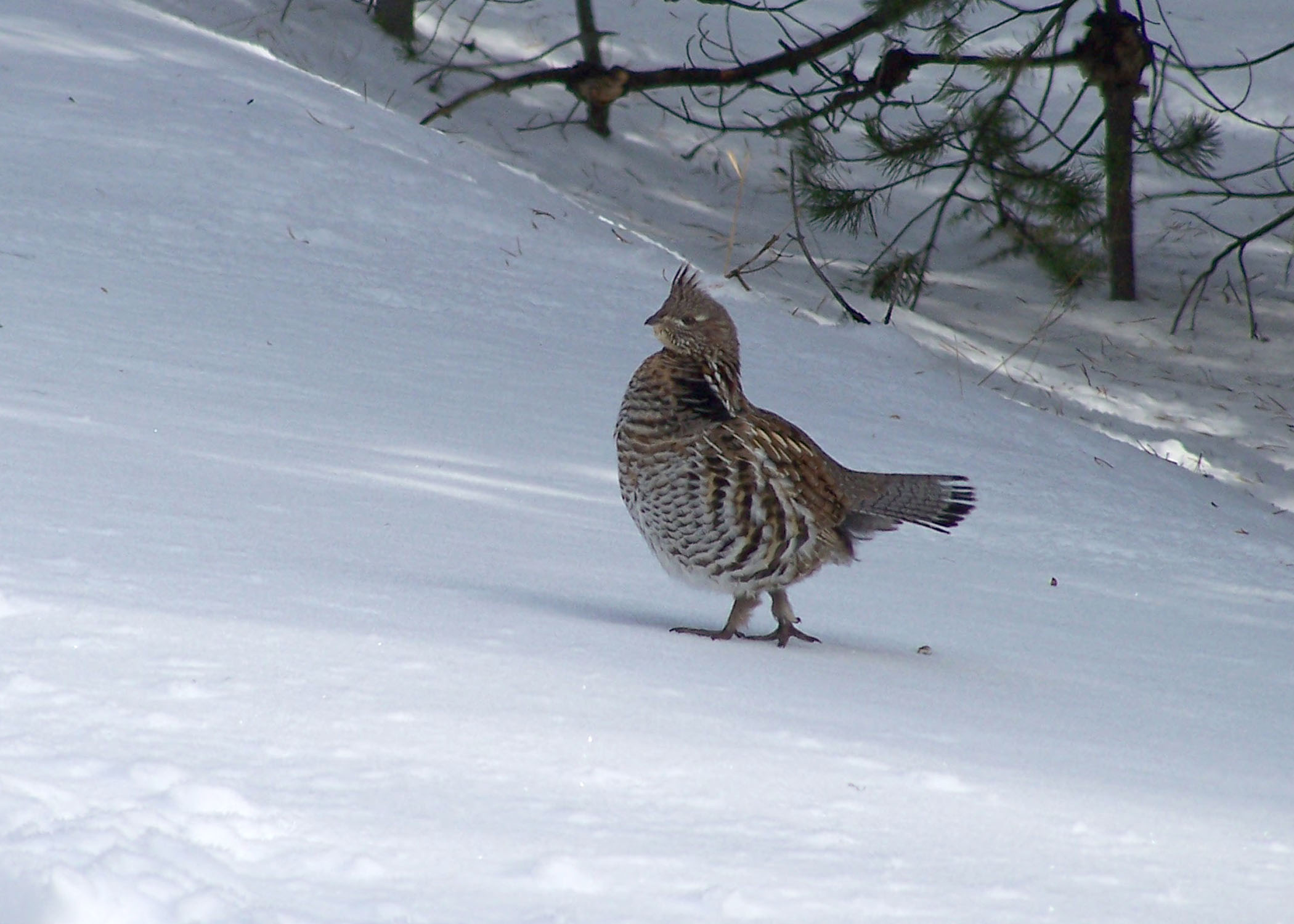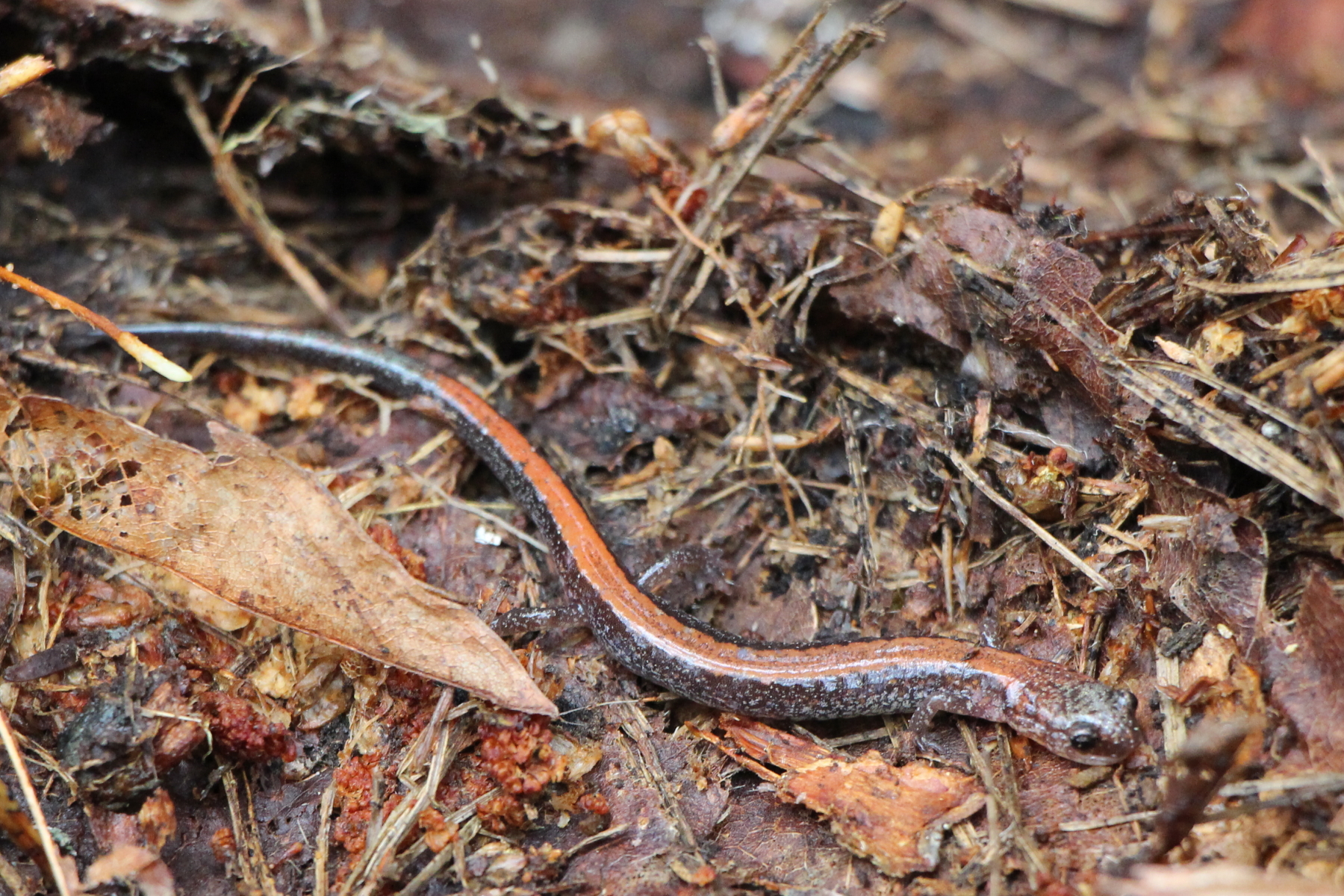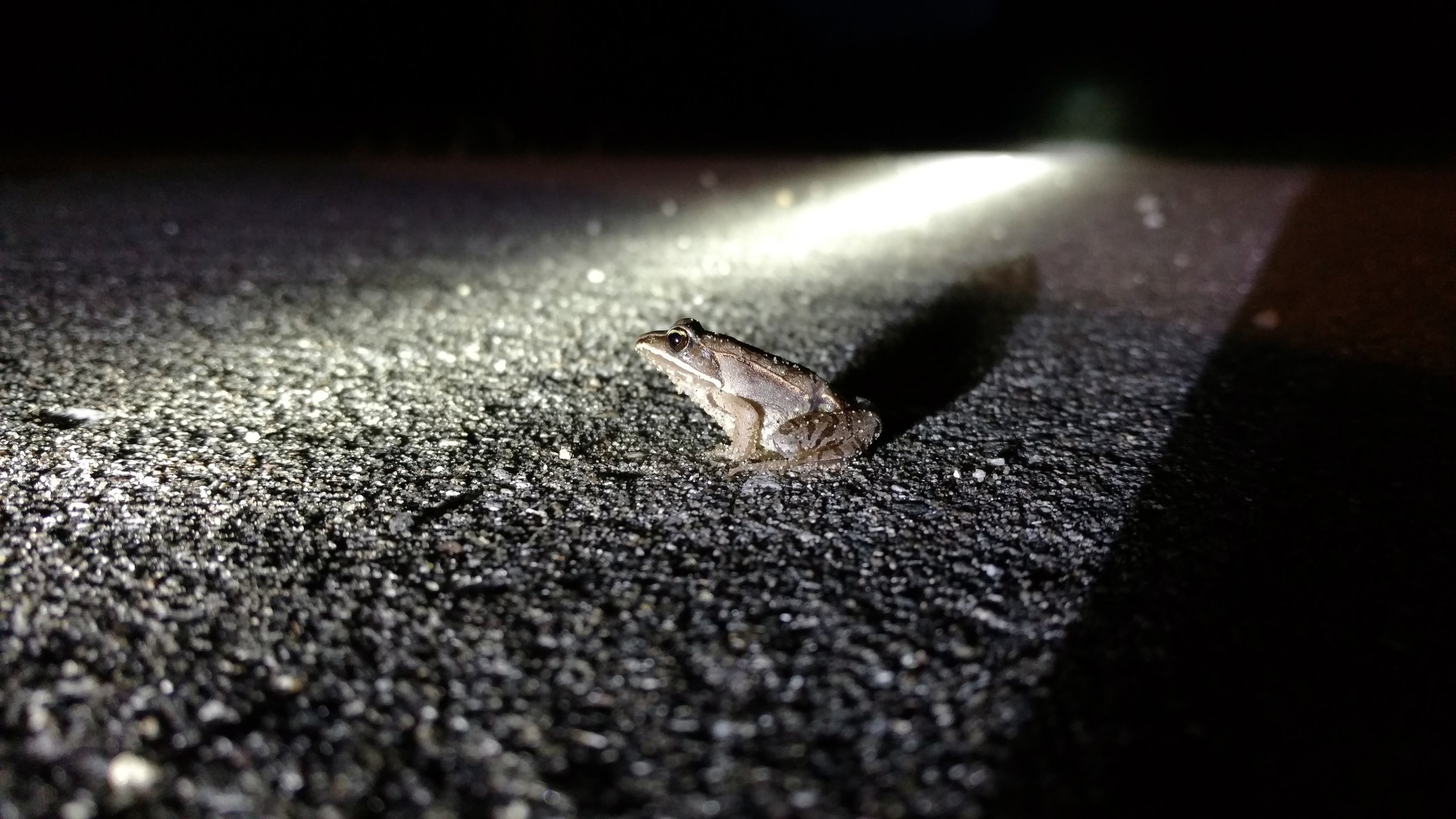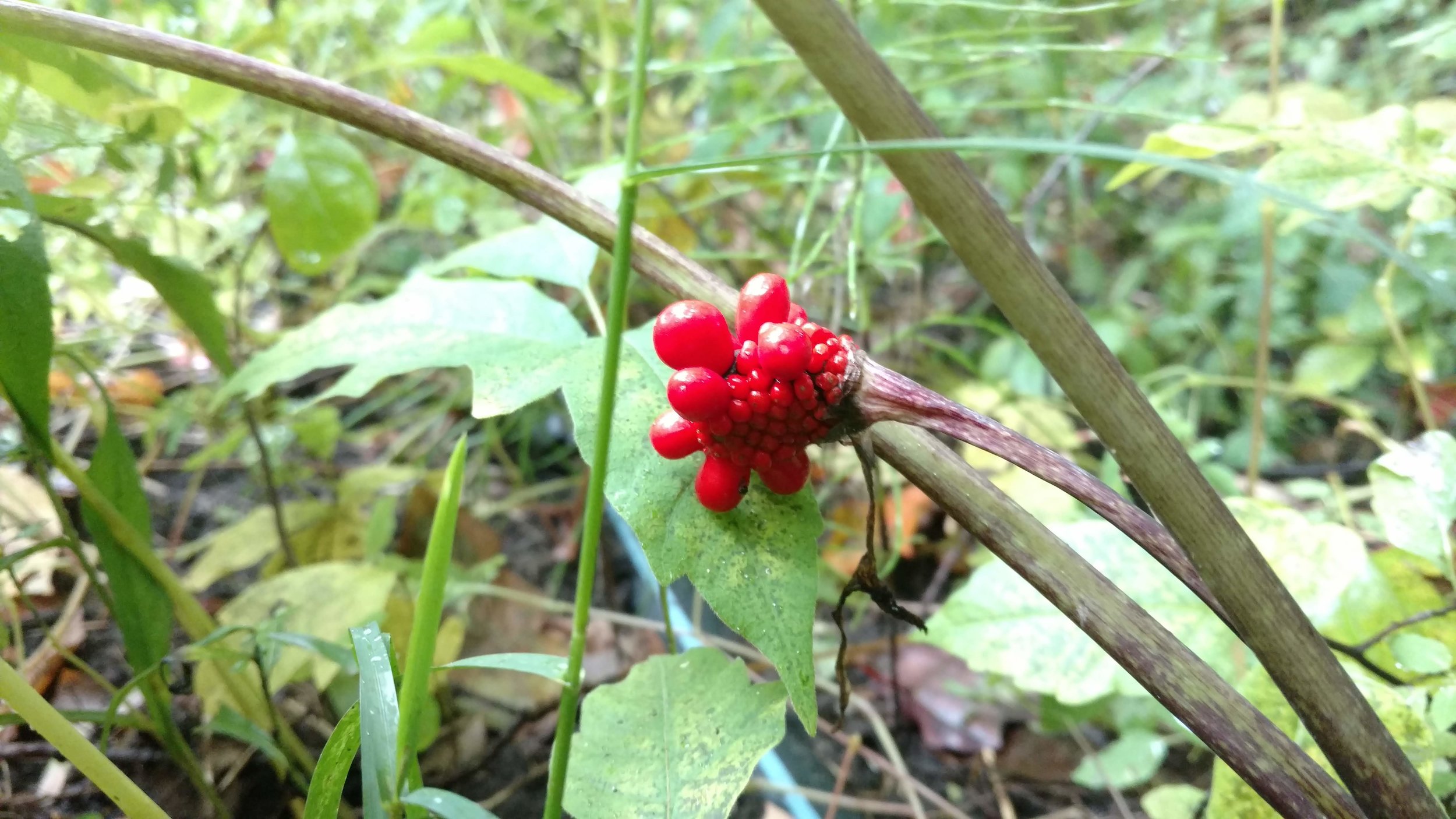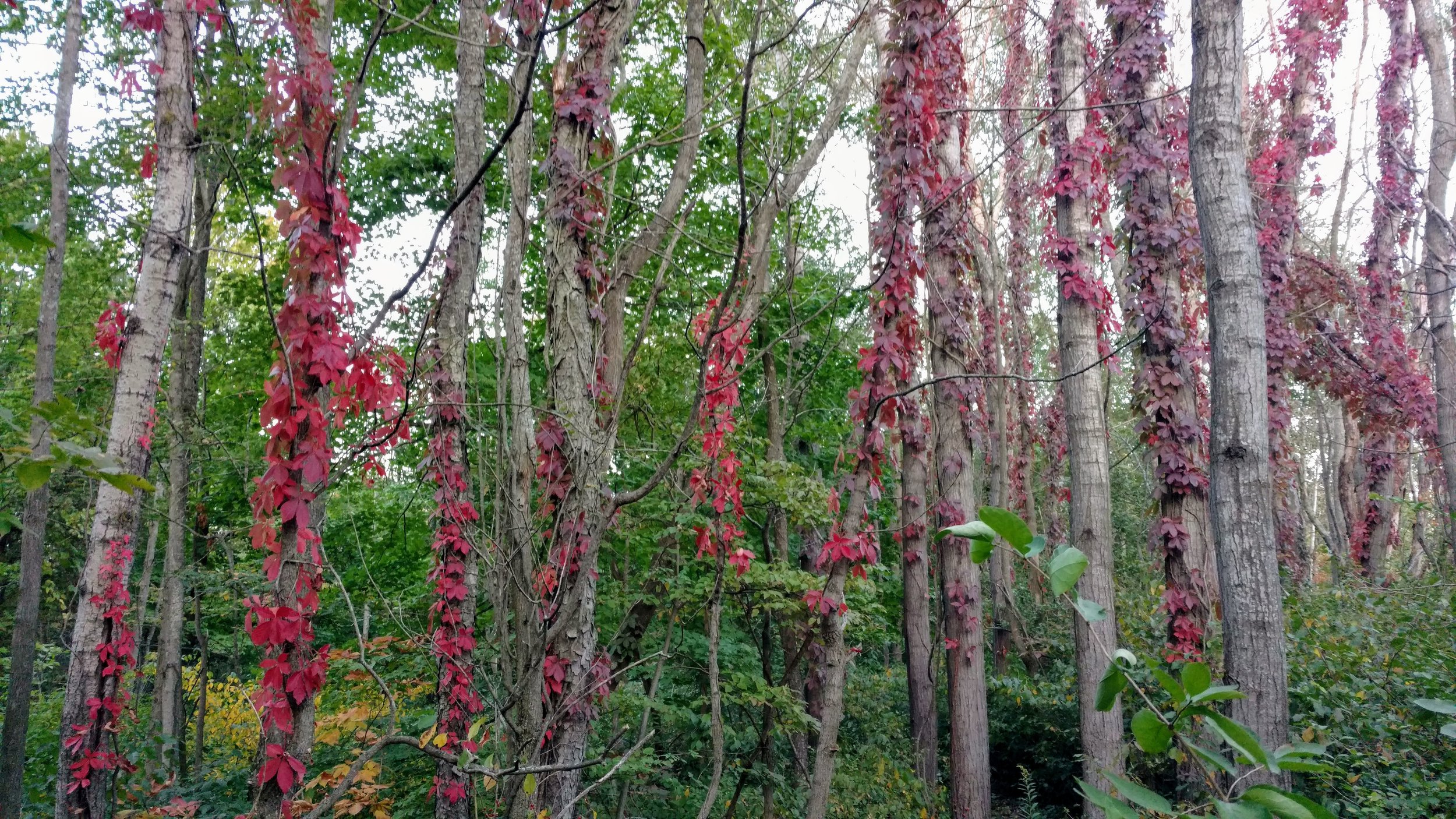Water droplets on white pine (Pinus strobus)
After being stuck inside for a couple cold, rainy days, I was growing restless; methodically peering out my favorite windows, desperately scanning for any excuse to venture out. The forecast was promising rain for a few more days. Staring out of glass portals into the natural world, I watched the goldfinch, tufted titmice, chickadees and nuthatches slowly work on emptying my bird feeders. Mourning doves and robins surveyed the driveway, pacing along the gravel edges searching for the early worm. Spots of color dotted the wet lawn: red, yellow, white and brown mushrooms on full display, taking advantage of the moist environments to release their spores. Occasionally, the sun is able to throw some rays through the rain clouds, turning all water droplets into sparkling prisms shining green and gold. The towering white pine tree is adorned with thousands of brilliant gems like glowing pendants dangling at the tips of its needles. I find a raincoat and my mud boots, so I make up my mind to venture out. Pulling on my rubber mud boots, I assure my dog Charlie I’ll bring him with me next time when it’s not so muddy in the woods. You’ve never seen an old dog with such sad, puppy eyes as he watches me leave.
I always begin my walk by tracing along the edges of mowed lawn, looking for mushrooms, new flowers, birds and small animals. The fresh rain has pushed up large, yellow, velvet foot mushrooms that cluster in the wet grass and on rotting logs in the forest edge. A long, thin white cultivar of velvet foot; Enoki, is famously utilized in East Asian cuisine. As with all wild mushrooms, eating the wild form of the mushroom should be done with extreme caution as there are poisonous look-alikes. Velvet foot mushroom was also used as part of an experiment on the Space Shuttle Columbia in 1993. Cultures were grown in low-gravity to observe how the fungus orients its growth form. In normal gravity conditions, most mushrooms bend their stems near the base to align the cap pointing up, allowing the spores to fall easily from the gills.However, in the low-gravity environment of the space shuttle, the mushrooms grew at many odd angles, seemingly confused about which way was up. Continuing on my walk I pass red and yellow Amanita mushrooms and giant puffballs the size of basketballs. A walk in the rain allows me a glimpse of these colorful fungi before the next cold night turns them into slimy brown piles of goo.
At the top of a small hill in the forest, I am granted an engaging perspective. Elevated up a few feet, my eyeline sits just above the tops of shrubs and small trees which comprise the forest understory on my property. From this viewpoint, I am able to observe the vertical layering of habitats within the forest canopy. The forest floor displays a range of colorful mushrooms, stealthy salamanders, wood frogs and bright red jack-in-the-pulpit berries all thriving in the shady underworld of wet leaves and rotting stumps. Just above this low-lying world are the shrubs and small trees like spicebush, highbush cranberry and witch hazel. Game birds like bobwhites and ruffed grouse feed on spicebush berries, and grouse use fallen trees as “drumming logs” in their mating ritual. Spicebush swallowtail butterflies glide between branches, the males releasing pheromones while performing elaborate courtship displays to attract a mate. I snap off a few spicebush twigs and stuff them in my pocket to enjoy a cup of spicebush tea while drying off later. Overhead, the oak, maple, black cherry and poplar trees tower overhead, reaching skyward. Virginia creeper is not far behind, crawling up the trees and turning a fiery red in autumn. Crows are making a racket in the top of a white pine tree, likely harassing a raptor. Migrating warblers and other small birds flit between the treetops in the canopy, only discernible with a pair of binoculars or a trained ear. These birds don’t frequent bird feeders, so a walk outside is the best way to catch a glimpse. Walking with my neck craned upward is not smart, but when I trip over a tree root I’m reminded of the hidden ecosystem layer beneath my feet. In the soil amid the interwoven network of tree roots, mycelium threads from fungus stretch across the landscape; the massive, hidden, vegetative body of the small colorful mushrooms we see up above. Bugs, worms, tunneling mammals, reptiles and amphibians find food and shelter in the soil.
On my way back to the house, I am met with a cold wind as I leave the protection of the woods. With winter approaching, these forest layers are about to change but they will still be visible. The forest floor will become covered in a blanket of snow decorated with tracks of rabbits, foxes, and raccoons still wandering the white woods. Under the snow, a maze of tunnels formed by mice and voles offer hidden highways across the landscape. Above, small trees and shrubs comprising the understory layer will lose their leaves but many will still hold colorful berries, a valuable food source for birds like the cedar waxwing. In the bare branches of the canopy, hawks and owls will sit on perches searching for prey.
Standing still and quiet in the forest allows one a chance to appreciate the density and layers of life within. Plants and animals specialized to thrive in their own place in the ecosystem are layered harmoniously, depending on each other. Next time you find yourself with a heightened perspective in the woods, take a moment to look around. Studying a rich, forest ecosystem tends to illuminate an understanding of our own place in the environment.

